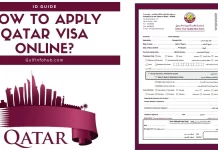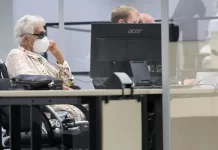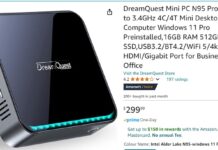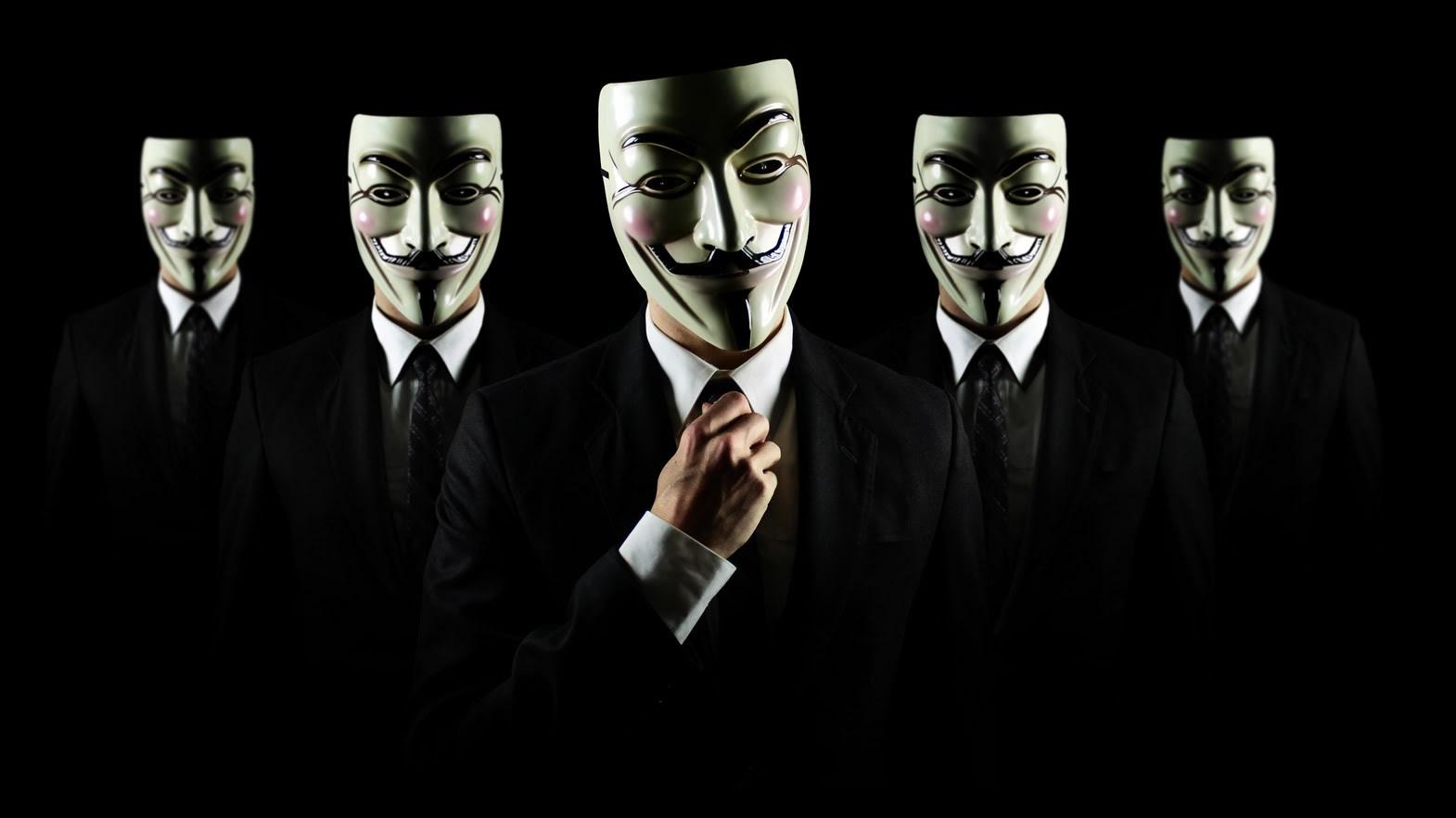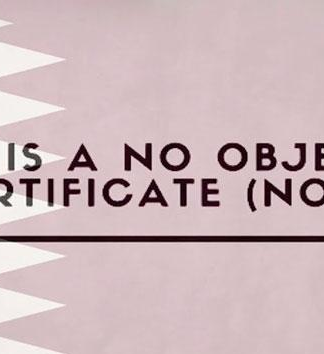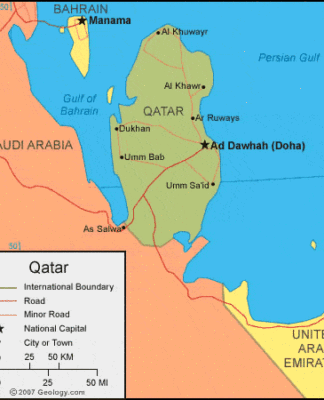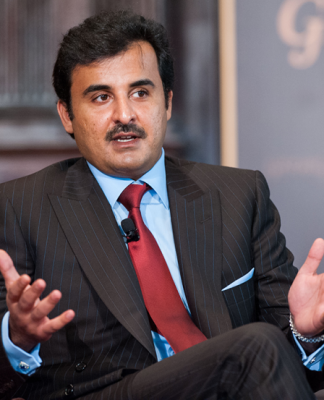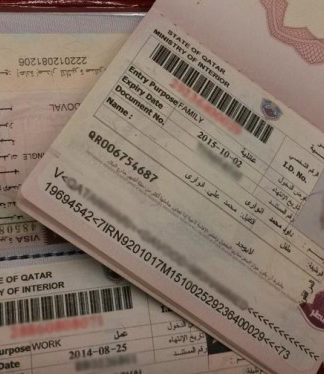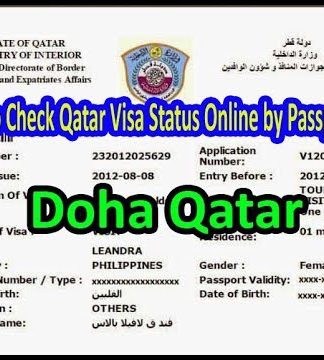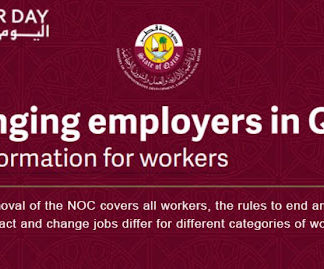Summary Anonymous (group):
Anonymous (used as a mass noun) is a loosely associated international network of activist and hacktivist entities. A website nominally associated with the group describes it as “an internet gathering” with “a very loose and decentralized command structure that operates on ideas rather than directives”. The group became known for a series of well-publicized publicity stunts and distributed denial-of-service (DDoS) attacks on government, religious, and corporate websites.
Anonymous originated in 2003 on the imageboard 4chan, representing the concept of many online and offline community users simultaneously existing as an anarchic, digitized global brain. Anonymous members (known as “Anons”) can be distinguished in public by the wearing of stylised Guy Fawkes masks.
In its early form, the concept was adopted by a decentralized online community acting anonymously in a coordinated manner, usually toward a loosely self-agreed goal, and primarily focused on entertainment, or “lulz”. Beginning with 2008’s Project Chanology—a series of protests, pranks, and hacks targeting the Church of Scientology—the Anonymous collective became increasingly associated with collaborative hacktivism on a number of issues internationally. Individuals claiming to align themselves with Anonymous undertook protests and other actions (including direct action) in retaliation against anti-digital piracy campaigns by motion picture and recording industry trade associations. Later targets of Anonymous hacktivism included government agencies of the US, Israel, Tunisia, Uganda, and others; child pornography sites; copyright protection agencies; the Westboro Baptist Church; and corporations such as PayPal, MasterCard, Visa, and Sony. Anons have publicly supported WikiLeaks and the Occupy movement. Related groups LulzSec and Operation AntiSec carried out cyberattacks on US government agencies, media, video game companies, military contractors, military personnel, and police officers, resulting in the attention of law enforcement to the groups’ activities. It has been described as being anti-Zionist, and has threatened to erase Israel from the Internet [dubious – discuss] and engaged in the “#OpIsrael” cyber-attacks of Israeli websites on Yom HaShoah (Holocaust Remembrance Day) in 2013. [dubious – discuss]
Dozens of people have been arrested for involvement in Anonymous cyberattacks, in countries including the US, UK, Australia, the Netherlands, Spain, and Turkey. Evaluations of the group’s actions and effectiveness vary widely. Supporters have called the group “freedom fighters” and digital Robin Hoods while critics have described them as “a cyber lynch-mob” or “cyber terrorists”. In 2012, Time called Anonymous one of the “100 most influential people” in the world.
Philosophy:
Anonymous has no strictly defined philosophy, and internal dissent is a regular feature of the group. A website associated with the group describes it as “an internet gathering” with “a very loose and decentralized command structure that operates on ideas rather than directives”. Gabriella Coleman writes of the group, “In some ways, it may be impossible to gauge the intent and motive of thousands of participants, many of who don’t even bother to leave a trace of their thoughts, motivations, and reactions. Among those that do, opinions vary considerably.”
Broadly speaking, Anons oppose internet censorship and control, and the majority of their actions target governments, organizations, and corporations that they accuse of censorship. Anons were early supporters of the global Occupy movement and the Arab Spring. Since 2008, a frequent subject of disagreement within Anonymous is whether members should focus on pranking and entertainment or more serious (and in some cases political) activism.
“We [Anonymous] just happen to be a group of people on the internet who need—just kind of an outlet to do as we wish, that we wouldn’t be able to do in regular society. …That’s more or less the point of it. Do as you wish. … There’s a common phrase: ‘we are doing it for the lulz.’”
—Trent Peacock. Search Engine: The face of Anonymous, February 7, 2008.
Because Anonymous has no leadership, no action can be attributed to the membership as a whole. Parmy Olson and others have criticized media coverage that presents the group as well-organized or homogeneous; Olson writes, “There was no single leader pulling the levers, but a few organizational minds that sometimes pooled together to start planning a stunt.” Some members protest using legal means, while others employ illegal measures such as DDoS attacks and hacking.
Membership is open to anyone who wishes to state they are a member of the collective; Carole Cadwalladr of The Observer compared the group’s decentralized structure to that of al-Qaeda, writing, “If you believe in Anonymous, and call yourself Anonymous, you are Anonymous.” Olson, who formerly described Anonymous as a “brand”, stated in 2012 that she now characterized it as a “movement” rather than a group: “anyone can be part of it. It is a crowd of people, a nebulous crowd of people, working together and doing things together for various purposes.”
The group’s few rules include not disclosing one’s identity, not talking about the group, and not attacking media. Members commonly use the tagline “We are Anonymous. We are Legion. We do not forgive. We do not forget. Expect us.” Brian Kelly writes that three of the group’s key characteristics are “(1) an unrelenting moral stance on issues and rights, regardless of direct provocation; (2) a physical presence that accompanies online hacking activity; and (3) a distinctive brand.”
Journalists have commented that Anonymous’ secrecy, fabrications, and media awareness pose an unusual challenge for reporting on the group’s actions and motivations. Quinn Norton of Wired writes that “Anons lie when they have no reason to lie. They weave vast fabrications as a form of performance. Then they tell the truth at unexpected and unfortunate times, sometimes destroying themselves in the process. They are unpredictable.” Norton states that the difficulties in reporting on the group cause most writers, including herself, to focus on the “small groups of hackers who stole the limelight from a legion, defied their values, and crashed violently into the law” rather than “Anonymous’s sea of voices, all experimenting with new ways of being in the world”.
Related groups:
»» LulzSec
In May 2011, the small group of Anons behind the HBGary Federal hack—including Tflow, Topiary, Sabu, and Kayla—formed the hacker group “Lulz Security”, commonly abbreviated “LulzSec”. The group’s first attack was against Fox.com, leaking several passwords, LinkedIn profiles, and the names of 73,000 X Factor contestants. In May 2011, members of Lulz Security gained international attention for hacking into the American Public Broadcasting Service (PBS) website. They stole user data and posted a fake story on the site which claimed that rappers Tupac Shakur and Biggie Smalls were still alive and living in New Zealand. LulzSec stated that some of its hacks, including its attack on PBS, were motivated by a desire to defend WikiLeaks and its informant Chelsea Manning.
In June 2012, members of the group claimed responsibility for an attack against Sony Pictures that took data that included “names, passwords, e-mail addresses, home addresses and dates of birth for thousands of people.” In early June, LulzSec hacked into and stole user information from the pornography website www.pron.com. They obtained and published around 26,000 e-mail addresses and passwords. On July 14, 2012, LulzSec took down four websites by request of fans as part of their “Titanic Take-down Tuesday”. These websites were Minecraft, League of Legends, The Escapist, and IT security company FinFisher. They also attacked the login servers of the massively multiplayer online game EVE Online, which also disabled the game’s front-facing website, and the League of Legends login servers. Most of the takedowns were performed with distributed denial-of-service attacks.
LulzSec also hacked a variety of government-affiliated sites, such as chapter sites of InfraGard, a non-profit organization affiliated with the FBI. The group leaked some of InfraGard member e-mails and a database of local users. On June 13, LulzSec released the e-mails and passwords of a number of users of senate.gov, the website of the US Senate. On June 15, LulzSec launched an attack on cia.gov, the public website of the US Central Intelligence Agency, taking the website offline for several hours with a distributed denial-of-service attack. On December 2, an offshoot of LulzSec calling itself LulzSec Portugal attacked several sites related to the government of Portugal. The websites for the Bank of Portugal, the Assembly of the Republic, and the Ministry of Economy, Innovation and Development all became unavailable for a few hours.
On June 26, 2011, the core LulzSec group announced it had reached the end of its “50 days of lulz” and was ceasing operations. Sabu, however, had already been secretly arrested on June 7 and then released to work as an FBI informant. His cooperation led to the arrests of Ryan Cleary, James Jeffery, and others. Tflow was arrested on July 19, 2011, Topiary was arrested on July 27, and Kayla was arrested on March 6, 2012. Topiary, Kayla, Tflow, and Cleary pled guilty in April 2013 and were scheduled be sentenced in May 2013. In April 2013, Australian police arrested Cody Kretsinger, whom they alleged to be self-described LulzSec leader Aush0k.
»» AntiSec
Beginning in June 2011, hackers from Anonymous and LulzSec collaborated on a series of cyber attacks known as “Operation AntiSec”. On June 23, in retaliation for the passage of the immigration enforcement bill Arizona SB 1070, LulzSec released a cache of documents from the Arizona Department of Public Safety, including the personal information and home addresses of many law enforcement officers. On June 22, LulzSecBrazil took down the websites of the Government of Brazil and the President of Brazil. Later data dumps included the names, addresses, phone numbers, internet passwords, and Social Security numbers of police officers in Arizona, Missouri, and Alabama. Antisec members also stole police officer credit card information to make donations to various causes.
On July 18, LulzSec hacked into and vandalized the website of British newspaper The Sun in response to a phone-hacking scandal. Other targets of AntiSec actions have included FBI contractor ManTech International, computer security firm Vanguard Defense Industries, and defense contractor Booz Allen Hamilton, releasing 90,000 military e-mail accounts and their passwords from the latter.
In December 2011, AntiSec member “sup_g” (alleged by the US government to be Jeremy Hammond) and others hacked Stratfor, a US-based intelligence company, vandalizing its web page and publishing 30,000 credit card numbers from its databases. AntiSec later released millions of the group’s e-mails to Wikileaks.
Arrests and trials:
Since 2009, dozens of people have been arrested for involvement in Anonymous cyberattacks, in countries including the US, UK, Australia, the Netherlands, Spain, and Turkey. Anons generally protest these prosecutions and describe these individuals as martyrs to the movement. The July 2011 arrest of LulzSec member Topiary became a particular rallying point, leading to a widespread “Free Topiary” movement.
The first person to be sent to jail for participation in an Anonymous DDoS attack was Dmitriy Guzner, an American nineteen-year-old. He pled guilty to “unauthorized impairment of a protected computer” in November 2009 and was sentenced to 366 days in US federal prison.
On June 13, 2011, officials in Turkey arrested 32 individuals that were allegedly involved in DDoS attacks on Turkish government websites. These members of Anonymous were captured in different cities of Turkey including Istanbul and Ankara. According to PC Magazine, these individuals were arrested after they attacked these websites as a response to the Turkish government demand to ISPs to implement a system of filters that many have perceived as censorship.
Chris Doyon (alias “Commander X”), a self-described leader of Anonymous, was arrested in September 2011 for a cyberattack on the website of Santa Cruz County, California. He jumped bail in February 2012 and fled across the border into Canada.
On September 2012, journalist and Anonymous associate Barrett Brown, known for speaking to media on behalf of the group, was arrested hours after posting a video that appeared to threaten FBI agents with physical violence. Brown was subsequently charged with 17 offenses, including publishing personal credit card information from the Stratfor hack.
Operation Avenge Assange:
Several law enforcement agencies took action after Anonymous’ Operation Avenge Assange. In January 2011, the British police arrested five male suspects between the ages of 15 and 26 with suspicion of participating in Anonymous DDoS attacks. During July 19–20, 2011, as many as 20 or more arrests were made of suspected Anonymous hackers in the US, UK, and Netherlands. According to the statements of US officials, suspects’ homes were raided and suspects were arrested in Alabama, Arizona, California, Colorado, Washington DC, Florida, Massachusetts, Nevada, New Mexico, and Ohio. Additionally, a 16-year-old boy was held by the police in south London on suspicion of breaching the Computer Misuse Act 1990, and four were held in the Netherlands.
AnonOps admin Christopher Weatherhead (alias “Nerdo”), a 22-year-old who had reportedly been intimately involved in organising DDoS attacks during “Operation Payback”, was convicted by a UK court on one count of conspiracy to impair the operation of computers in December 2012. He was sentenced to 18 months’ imprisonment. Ashley Rhodes, Peter Gibson, and another male had already pleaded guilty to the same charge for actions between August 2010 and January 2011.
Source: Wiki











